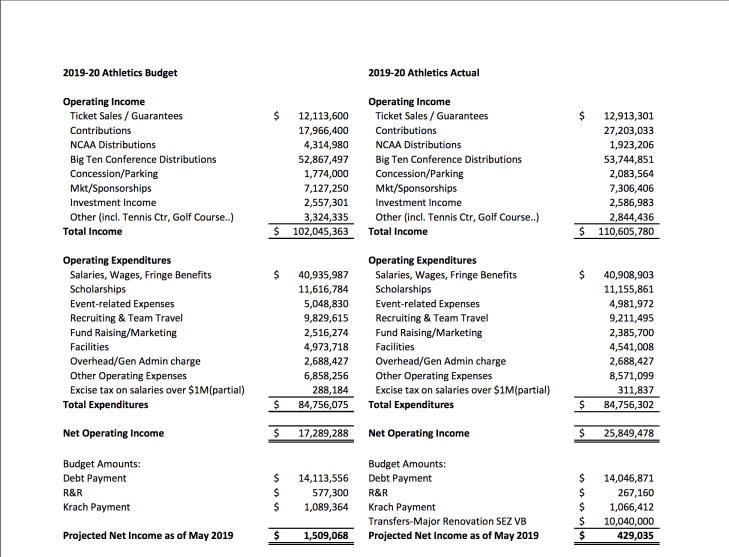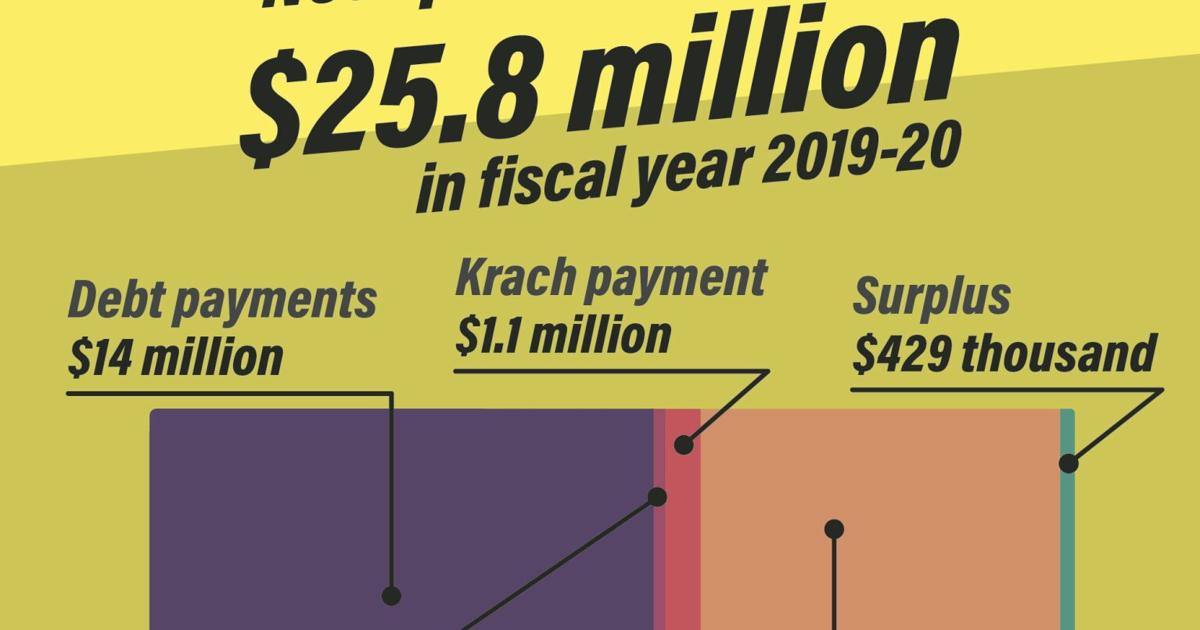The initiative was announced yesterday before the fall season was cancelled.
https://purduesports.com/news/2020/8/11/more-than-a-game-campaign.aspx
In summary, Bobinski reminds everyone Purdue sports is self sustaining and there is a projected ~$50M shortfall and asking for donations. Sport elimination, job losses, facility upgrade delays and debt servicing, etc could occur.
I thought the video was well done. 4+ minutes.
https://purduesports.com/news/2020/8/11/more-than-a-game-campaign.aspx
In summary, Bobinski reminds everyone Purdue sports is self sustaining and there is a projected ~$50M shortfall and asking for donations. Sport elimination, job losses, facility upgrade delays and debt servicing, etc could occur.
I thought the video was well done. 4+ minutes.
Last edited:





